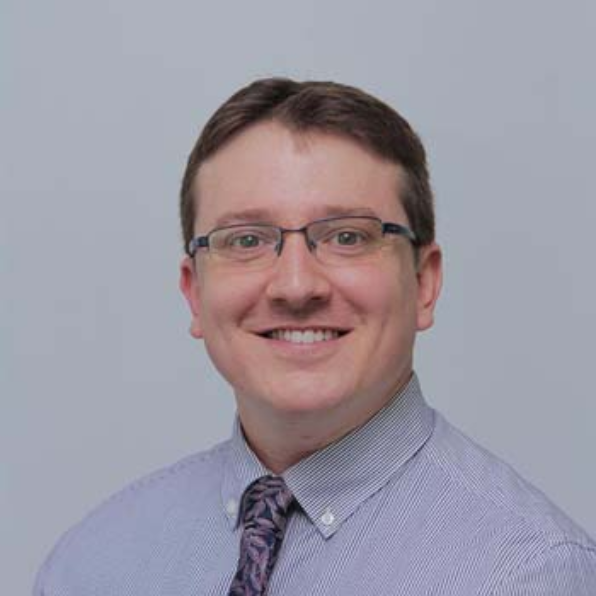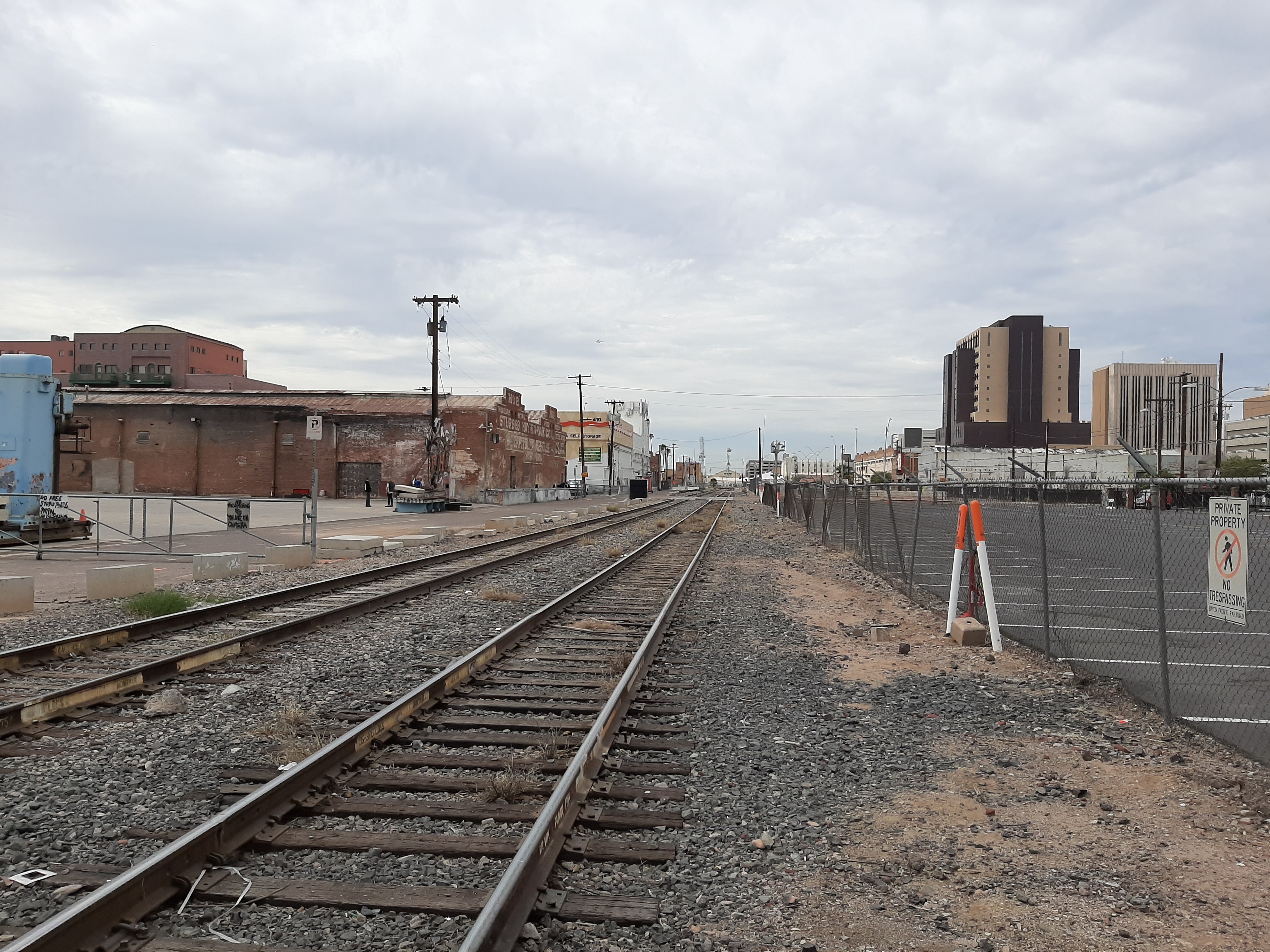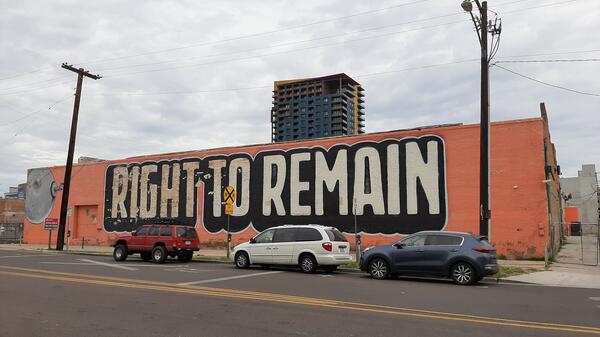“Recognizing the changing perspectives around us”

Faculty Spotlight: Interview with Professor Nicholas Wise, Assistant Professor, Watts College of Public Service & Community Solutions
Interview conducted by Tanner Caterina-Knorr, PhD Student, Community Resources & Development
TCK: Welcome, Nicholas Wise. Thank you so much for joining us. Let’s start by talking a bit about your motivations in research and your recent publications.
NW: I have published across the areas of tourism, sport and events in the past 10 years. I am interested in the overlaps of these areas and my publications mainly revolve around my interests and wanting to explore regeneration, change and social impacts as tourism, sport and events challenge us to look at a range of different understandings, ideas, and topics. To bring these ideas together, I've done a lot of editing projects, books and special issues, over the last few years, putting together international and interdisciplinary collections. I enjoy bringing international collaborators together, and then bring the ideas together in a focused collection. When you explore an idea, scholars and practitioners look at ideas differently, and with this research tends to have vastly different biases, theoretical ideas and methodological approaches. If you can bring together a collection with people who have different ways of seeing and exploring a topic, then you can really challenge perspectives and learn from various places around the world, Holistically exploring a particular topic in a bit more depth and detail helps us move away from generalizations.
TCK: Tell us a bit about your educational background. What inspired you to study geography?
NW: Ever since a young age, I was always interested in different places. It started out with me reading and looking at maps, and even making my own maps of different places. This led to my desire to go and see these places and explore them. Before I began university, I was working part time in high school and started to invest in my travels and go off and see different places. I did a lot of domestic travel around the U.S. and then when I was 18, I had the opportunity to go to Australia as an exchange student. I took a tour around Australia, and this opened up a new perspective, so I came back, went to university, and at Lock Haven saw there were lots of opportunities for study abroad. I spent three semesters abroad during my undergraduate degree. In my final year, I started to take tourism classes, a destination management class, and from there became interested in tourism, especially place image and competitiveness.
When I started my master's degree I looked to maintain that international focus to complement my education, I joined a field study class to Costa Rica, did some volunteer work in Dominican Republic, and then did an internship in Cyprus. Once I got into the PhD, my focus area was more around sports, social development, and sports geographies, and in my course work I would focus on tourism just to keep those interests going. In my classes I would look at post-war tourism, the impacts of tourism, and recovering destinations. This got me more interested in place image and then competitiveness. I then started making connections in the former-Yugoslavia countries, specifically in Serbia. Then when I took my first job in Scotland, I got more connected to Croatia, and now contribute to a sports tourism class there each year. I just kept finding funding and ways to keep going back to those places and developed more work related to tourism competitiveness and sports tourism. Influenced by those areas, my research agendas began to fall more in line with place making and place community development. I want to further understand how tourism shapes these places, but more importantly how tourism’s impacts on local communities and how new developments challenge us to think about local involvement and place making.
TCK: Tell us about your approach in teaching tourism planning this semester.
NW: I’m teaching tourism planning and bringing in a lot of insight on regeneration and development planning. I'm using Clare Gunn's book to outline the class, but then I bring in supplemental readings to complement the book and align debates with contemporary issues and topics, looking at examples from Phoenix to around the world. I think it's important to encourage students to address local sense of place and identity insight, as these can be social factors that relate to planning in different places. This encourages students to consider planning from the bottom-up as well, given much of the theoretical considerations look at development and planning from the top down. Realizing that people reside in these places where people travel to, it is not just the tourism developments and infrastructures that are important, but also how tourism planning and development creates opportunities for local residents, may it be jobs, new enterprise opportunities, new recreational opportunities, or just a better feeling about their home, place pride. This is important to consider as well in addition to looking at the tangible planning and development—for the purpose of attracting people to a place. I like to drive the point that we cannot forget about the people who live in the places, who see and experience what opportunities emerge around them, as their awareness, engagement and enthusiasm is important and contested too. This relates to place making and community development.
TCK: I’m sure that all your experiences traveling to so many different countries, speaking to different people, and understanding the perspective from the community side, has informed your teaching. Are you using GIS or Geodesign with the class for planning right now?
NW: I'm actually using more Google Earth at the moment because of its interactive capabilities. We can navigate around different destinations and also look at change over time, I find this to be particularly useful and engaging for students. I have some background using GIS, but not as much in recent years, I'm looking to refresh and expand my understanding as this can add a new spatial perspective. Once we can get more on the ground data, I'm interested to get students imputing data and then visualizing that in GIS because it adds a bit more depth and insight into what changing spaces means, but this is also possible to do in Google Earth as well and students can add insight and interpretations and data in this as well. My travel experiences do greatly inform my teaching, I like to make my classes visual and I do this by using photos from my research and general travels. When you teach tourism classes, and then go somewhere as a tourist, it is nice to reflect on later in teaching.

TCK: Do you have any specific projects that you're excited about now, and has COVID 19 changed any of these projects?
NW: Coming back to the US after working in the UK, I had a lot of collaborations and projects with colleagues in different European countries. Some recent work looks at the Baltic Triangle and regeneration of the docks in Liverpool and with my colleagues in Croatia we are looking at the 2020 European Capital of Culture in Rijeka. We had a plan to do a pre, during, and post study with residents, and had conducted the pre-study in 2019. As the project was being realized, and we were looking the next stage of the work in the during phase, the pandemic disrupted the event and this makes is a bit more challenging to look at place making and changing perceptions of spaces in the city, because without people out and participating, it limits how we can grasp their awareness, engagement and enthusiasm with event activities. The challenge since they've postponed the event, is reassessing how to explore some of the cultural programs which will happen later. COVID did throw a wrench into our Croatia study, at least for the current for the ongoing events, but we will consider ways to respond to the contemporary challenges and perhaps revisit this later to gain insight on reflections of the impact of event disruptions as people visit later and residents begin to reflect on changes to the city when they begin socializing again.
I am using the time to look back to the literature to identify some new research gaps on place making, to put forward some new directions given the development of this concept over the last 10 years. From there, I can develop a systematic review and then start to plan new, local studies here. I'm interested in place making and then developing that around some of the social impact related research that links to community development and sense of community. What I need to do is develop a new depth of that literature base again and as I am interested in areas of cities that are transition zones, like the Baltic Triangle of Liverpool or the Warehouse District of Phoenix, we see developments are linked closely to events as a way of attracting visitors to develop and re-define these areas, but in line with my focus and interests, we need to address new opportunities locally and how local residents are contributing to planning and place making.
TCK: Do you have a specific place in mind for that research now that you’re in Arizona?
NW: I'm interested in the transformations of downtown Phoenix, but in particular to look at changing areas in the city such as the Warehouse District and the developments along Van Buren St. and Grand Ave. I’m particularly fascinated with the warehouse district area because it reminds me of an area in Liverpool where I was developing some research in last year in the Baltic Triangle. This area is considered an urban transition zone—a former warehouse zone and industrial zone in the city where change is challenging us to look at eventful and touristic value of the area. These transition zones can be considered left behind as the city develops around it. But the opportunities that exist for local businesses, especially aligned to arts and culture, gets us to think about nascent understandings of place making and participation.
Some cities, and Phoenix included, build sporting or event venues in or adjacent to these areas, but the change that happens in transition zones creates opportunities for social entrepreneurship, which is also an important factor when looking at local place making and understanding place making community development from the ground up. So I'm really interested in that particular area of the city because of what has happened, I mean warehouse areas play an important part in the history of a city, because this is where goods were stored, coming in and out of Phoenix. Over time as facilities expand or get moved to the edges of cities these old industrial sites or warehouses tend to get left behind. For small businesses they can be great, because real estate or rent may be low, but what we need to be critical of is as people move back to the city and cities start developing more around these old transition zones, they get branded and become a target focus again for development, and this can drive up real estate prices and rent which can take away from the very place making initiatives, say liked to art and culture, when people started re-visualizing these spaces.
I find it fascinating to explore such areas, because it is creatively re-using urban spaces, ideal area for people in arts and culture to invest in new spaces, new studios, and new activity emerges to create a new service economy. That also creates the area more attractive for people who come here for tourism purposes, as well, when they're looking for local products, local ideas, and local inspiration. But as noted with change and new trends comes new investments and research in these areas I feel is an opportunity to have an impact on local policy. Especially once investors start coming in, it might over-run some of those grassroots movements we may have seen. I'm curious to find out more about the particular area and see what can really be explored in further depth and detail as the area transitions in the next decade and beyond.
TCK: What would you say are your primary motivations in teaching students?
NW: In teaching, my primary motivation is to inspire students, getting our students to recognize ways of planning for change and getting them to critique points and policies and to think creatively. Tourism planning is the ideal class for me to teach because it relates closely to my areas of research on place, social impacts and change. I challenge students to recognize what change exists, how to address change, and also encourage them to think about planning and impacts of planning more holistically. I have been teaching for just over 10 years now in higher education, and my research really drives my teaching interests and keeps my teaching current. As I get to know Phoenix more, I will expand my research here and this allows for opportunities for research engaged teaching to further build that into research approach into students to get students to collect data that informs their assignments, which helps link theory and practice. Teaching just from the perspective of theory is one thing, but teaching from the perspective of understanding what's going on in the field is more important today. That does present some challenges now, given ways of adapting and teaching through Sync and not seeing the students directly in class. But when times get better, there'll be more chances to do work in the field with students and engage with local planners and organizations to apply understandings. To help combat this given the virtual world we are living and teaching in, the use of Google Earth helps take us to places to navigate and look at practice in different destinations.
TCK: If you had one piece of advice that you could give young researchers, what would that be?
NW: The main thing is to recognize the changing perspectives that are around us. There's a lot of complexity that goes into understanding places and to understanding change—especially when conducting research on tourism. Tourism is incredibly difficult to plan for because there's so many demands, so many people traveling, and so many opportunities that it may seem overwhelming. It's about recognizing different perspectives and recognizing how change influences what people want and how change influences local communities. It is important not just to think about supply and demand, managing and planning, but also who is impacted and what opportunities are created, and also what opportunities are not created.
TCK: Is there anything else you’d like to mention here before we conclude the interview?
NW: When I think about my research, it's kind of like an umbrella, with my work across tourism, sport and events connected through some target areas. I enjoy the interconnectedness of these areas and encourage new research to explore international and interdisciplinary collaborations to challenge you to think about your work in different ways. Regeneration is the wider span of where my research fits, and three of my recent books focus on regeneration, renewal and transformation in that sense. From there, it's about recognizing social impacts and the impacts directly on communities, but it's all about how communities are shaping those particular places, and from here we can challenge meanings and understand the impact of developments on places and communities.
TCK: Thank you for your time, Professor Wise!
